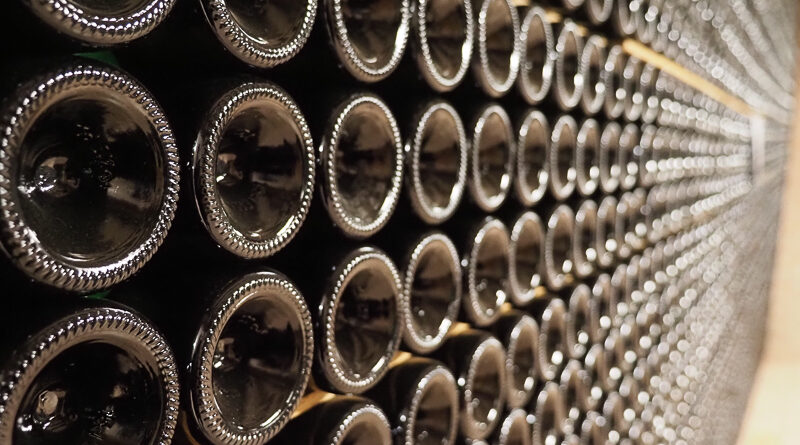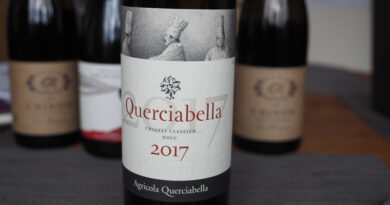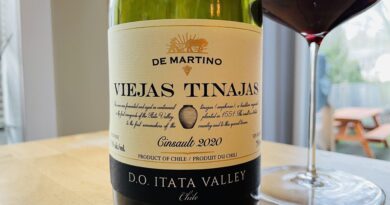Franciacorta: Italy’s star sparkling wine
Franciacorta is Italy’s leading traditional method sparkling wine, and in its home country it is highly prized. But just 15% of production is exported, so outside Italy it isn’t well known. Jamie Goode takes a trip to the region to see what all the fuss is about.
It’s kind of ironic that I start an overview of Franciacorta with some history, because this is a very ‘new world’ appellation, in that it doesn’t really have any. Franciacorta, Italy’s most prestigious sparkling wine is an entirely modern creation, but the region itself has been making wine for a very long time – just not of the sparkling sort. A century ago, this was predominantly a red wine area. It’s like a person who’s been doing one job for many years, and then suddenly discovers what they are really talented. Because there is no doubt that Franciacorta has a talent for traditional method sparkling wine.
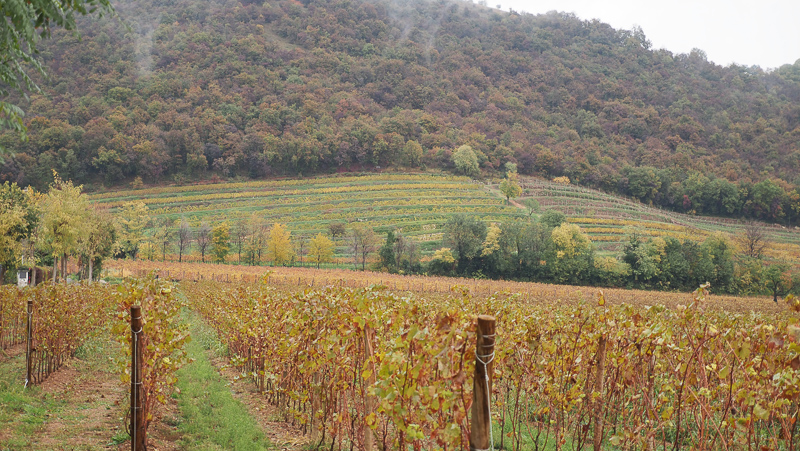
Franciacorta discovered that it was good with bubbles in the 1960s. The first Franciacorta was made in 1961, called at the time Pinot de Franciacorta. It came about because enologist Franco Zilani suggested making a traditional method fizz to Guido Berlucchi, a wine producer in the region. Their first vintage together was this 1961, and others followed suit. The DOC (Denominazione di Orgine Controllata) was achieved in 1967. The snazzier DOCG followed in 1985, and with this Franciacorta was the first Italian wine made with traditional method to attain DOCG status.
Winegrowing in the region is known to have been taking place in the regions the 8th and 9th centuries (there are records of monastic vineyards), and it took off substantially after the arrival of the Cluny monks in the 11th Century. Intriguingly, there’s mention of bubbles in some of the local wines back in the 16th century. In 1570 Brescian doctor Girolamo Conforti wrote about sparkling wines in the region – or at least wine with bubbles from a second fermentation. But this clearly isn’t the same as what is being made here today.
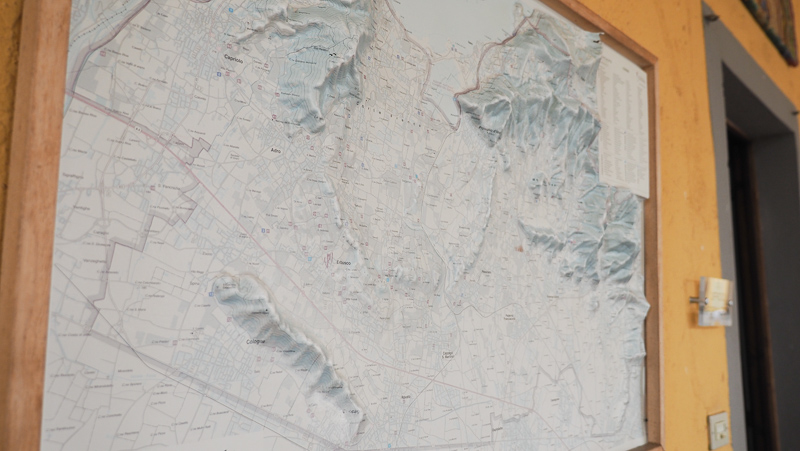
The region
The first thing to note about Franciacorta is the territory. This is a compact, well enclosed region with well-defined boundaries. It consists of 19 towns in Lombardy’s Brescia province. To the north is Lake Iseo. The land was carved through by glaciation, and as a result many of the vineyard soils have a moraine origin. These have some interesting mineral deposits. There are two large natural amphitheatres that were carved out by these glaciation events. Then, in the south, there’s a small ridge called Monte Orfano. Its southern slopes are much older soils, and this is a warm microclimate where some interesting wines are being made.
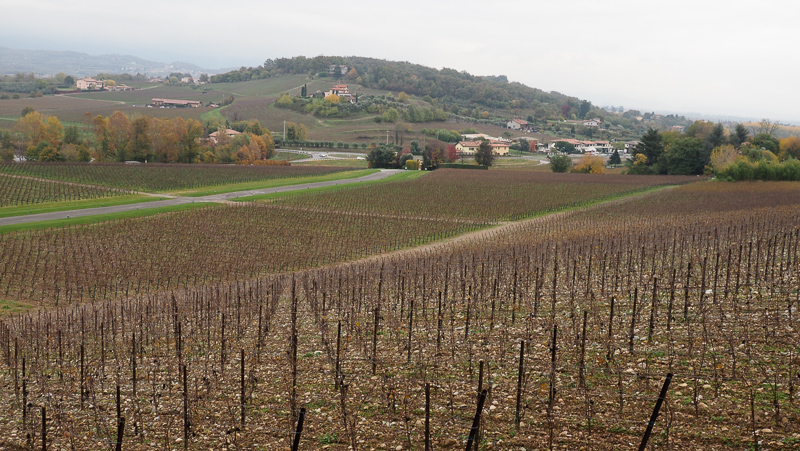
There are just over 200 members of the consorzio, including growers, wineries and bottlers, with 121 wineries. Some still wines are made in the region, and these are bottled as Curtefranca DOC and Sebino IGT, but fizz is the main focus. The region exports less than 15% of the production, which is around 17.5 million bottles. Franciacorta is, it seems, an Italian thing, but this could change as more people get to hear about it, and taste it.
Sustainability and organics
Now sustainability has become a focus for the region. Of all the world’s wine regions, this has the largest proportion of organic vineyards. Silvano Brescianini, the current president of the consorzio, was involved in helping the region shift towards organics. His great grandfather was a smell producer in the region, although his father’s business interests laid elsewhere. Silvano began working in restaurants, and became a sommelier. He then had an opportunity to become involved in a group of friends who purchased Barone Pizzini from the baron in 1993. ‘He was old and his daughter wasn’t interested in wine,’ says Silvano. In 1994 they did the first harvest, and Silvano was surprised to discover how many pesticides and herbicides were used in grape production. ‘So I looked to see whether it was possible to farm organically, and it was,’ he says. 1998 was their first year in organics. ‘We learned from our mistakes, but today after 23 years more than 60% of Franciacorta is organically farmed,’ says Silvano. That’s a remarkable percentage. Currently, 1892 hectares are organic (certified and in conversion), out of a total of 3100 hectares, which makes 66% of the area under vine.
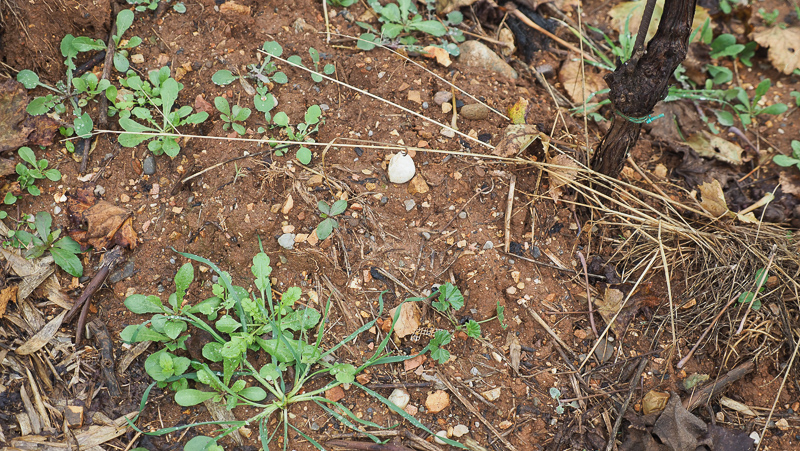
‘We need to keep the soil of the vineyard alive,’ he says. ‘This biodiversity is extremely important for two reasons. The vine is taking nutrition from the soil, and for showing terroir.’ The goal is to increase the organic material in the soil and bring life into the soil.
There is also Ita.Ca, which is the first Italian method for the calculation of carbon footprint. Franciacorta is the first region in the world that has calculated the carbon footprint on every farm in the area.
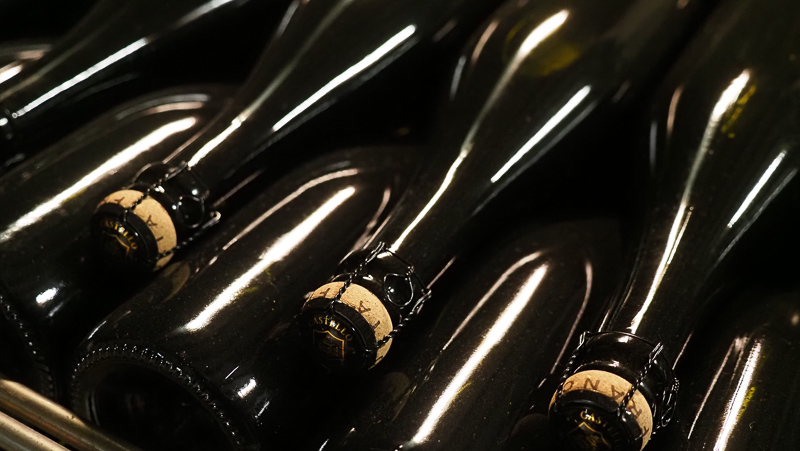
The different categories
Franciacorta is always traditional method, and 18 months ageing on lees is needed as a minimum. 30 months is the minimum for vintage wines, and 6 years for Riserva.
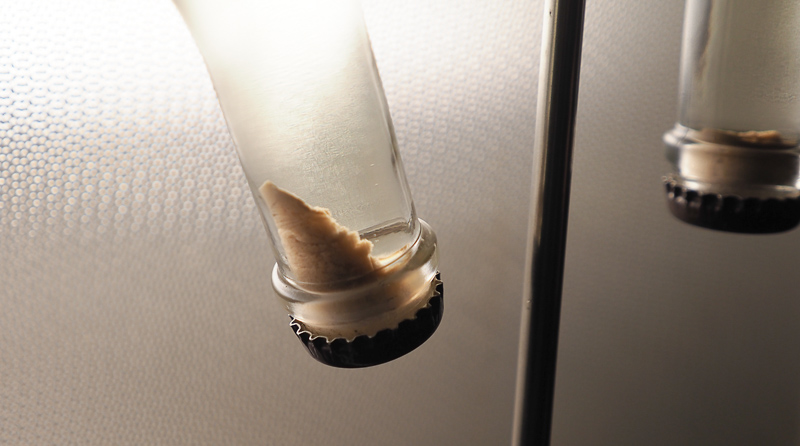
Harvest must be by hand, and acidification is allowed. The grapes are pressed whole bunch (maximum juice yield is 650 litres per ton) and then the first fermentation takes place. They are then blended for the second fermentation. Permitted varieties are Chardonnay, Pinot Noir (15% of vineyards) and Pinot Blanc (5% of vineyards), plus a new old variety called Erbamat (Albamatta is a synonym), with from next year will be allowed at 10% of the blend. More on this later.
- Franciacorta – All four grapes but a maximum of 50% Pinot Blanc and 10% Erbamat. Minimum of 18 months from tirage.
- Satèn – this is only brut, minimum of 24 months in bottle, just Chardonnay and Pinot Blanc (50% max). One feature is that it has less pressure: a maximum of 5 bars as opposed to the normal 6.
- Rosé – Pinot Noir (min 35%), Chardonnay (max 65%), Pinot Blanco (max 50%), Erbamat (max 10%). Minimum 24 months from tirage.
- Vintage – Plus Satèn and Rose Vintage. 85% of a single vintage, 30 months minimum ageing on lees
- Riserva – Including Satèn and Rosé Riserva. Minumum 60 months ageing on lees
A new old grape variety: Erbamat
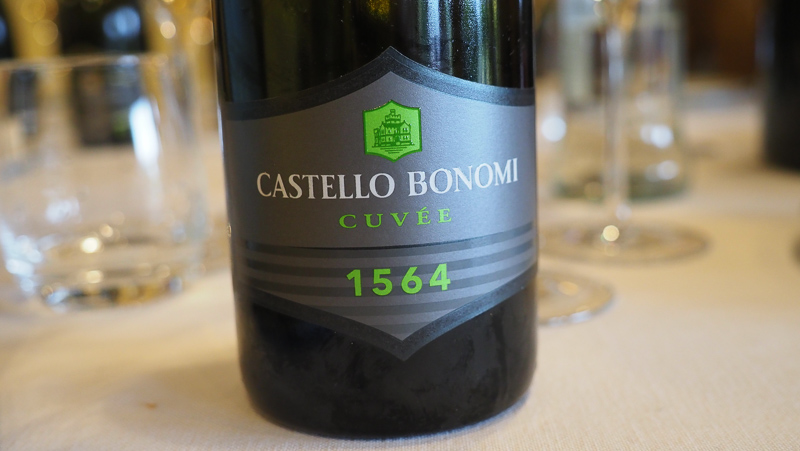
From next year Albamatta (Erbamat) will be permitted in Franciacorta up to 10% of the blend – it’s an old variety that is late maturing with good acidity (it’s ready a month later than Chardonnay and Pinot Noir). ‘In my opinion we are lucky because we have this grape that is local, and was already present in 1564,’ says Silvano. ‘It is a gift from our past.’ They have been working to get virus-free planting material. ‘In 2017 we had the first two vineyards of virus-free Erbamat. Now we have three or four different clones, but we need time to certify them.’ One of its advantages is it ripens late with low sugars. ‘You even harvest in the first week of October, and it gets to 10% alcohol with double the acidity of Chardonnay,’ he says. ‘It is especially high in malic acid. It is extremely poor in polyphenolics, which is good for sparkling. The negative point is that it has a very thin skin, so it is easy to have botrytis, and it is complicated to grow – but complicated doesn’t mean impossible.’ He adds that it will take 5-10 years to understand how Erbamat develops, so this is a long-term project.
SOME TOP WINES
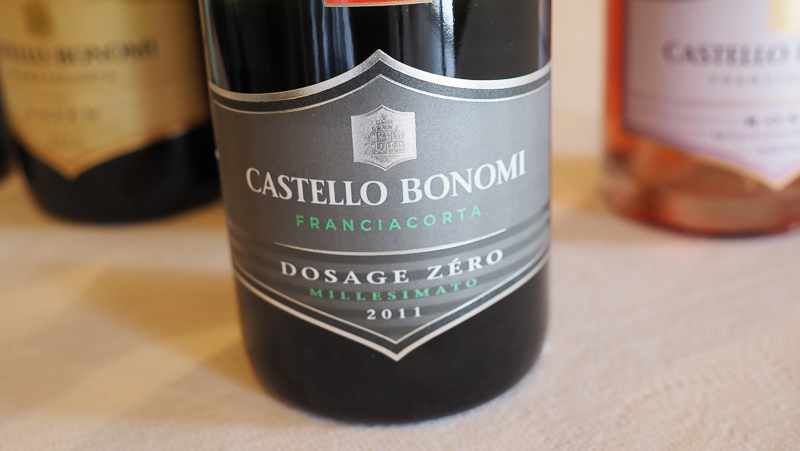
Castello Bonomi Franciacorta Dosage Zéro 2011 Italy
Disgorged January 2021, this is a blend of 50% Chardonnay and Pinot Noir. This has a distinctive creamy, toasty edge to the citrus and pear fruit nose. The palate is concentrated and expressive with a creamy undercurrent to the ripe citrus and pear fruit. So broad, but it hasn’t lost focus. Lovely balance with real complexity and a really interesting bready, creamy character. This is really impressive. 93/100
Castello Bonomi Cuvée 1564 NV Vino Spumante di Qualità, Italy
33% Erbamat, 33% Chardonnay, 33% Pinot Noir from 2015, a very hot vintage. The key thing about this wine is that it has one-third Erbamat. Thus it is not a Franciacorta. The idea behind this was to make a wine that shows how this new old variety can help Franciacorta in the face of climate change. Taut, fresh and focused with bright cherry and lemon fruit, with a touch of pithiness. Very crisp with good acidity and lovely bright citrus fruit, finishing supple and dry. This is really lovely. 92/100
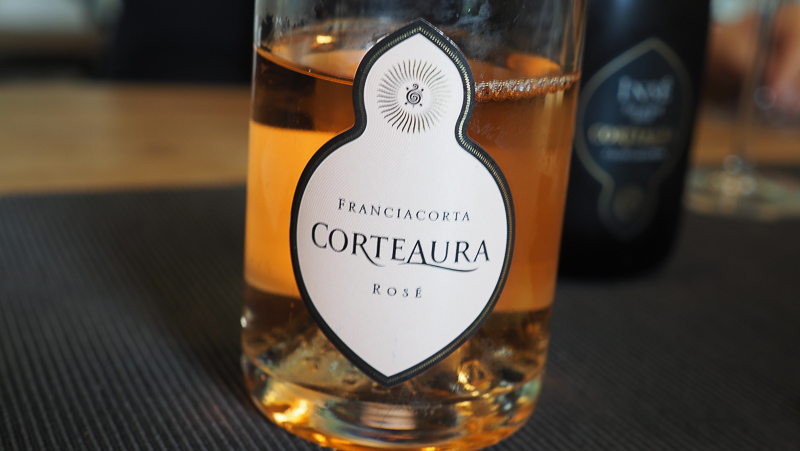
Corteaura Francicorta Rosé NV Italy
75% Pinot Noir, 25% Chardonnay. Dosage 3 g/litre. 2017 base wine. This is made of three wines: Pinot Noir as a white, Chardonnay, and Pinot Noir as a red wine (7%) then blended. Pale orange pink in colour, this has a lovely aroma of almond, cherries and spice. The palate has a nice spicy structure with a lovely tannic bite on the finish, some orange peel and herb notes, and lovely pear and apple fruit, as well as a touch of raspberry. It’s dry, complex and spicy with lovely structure. 93/100
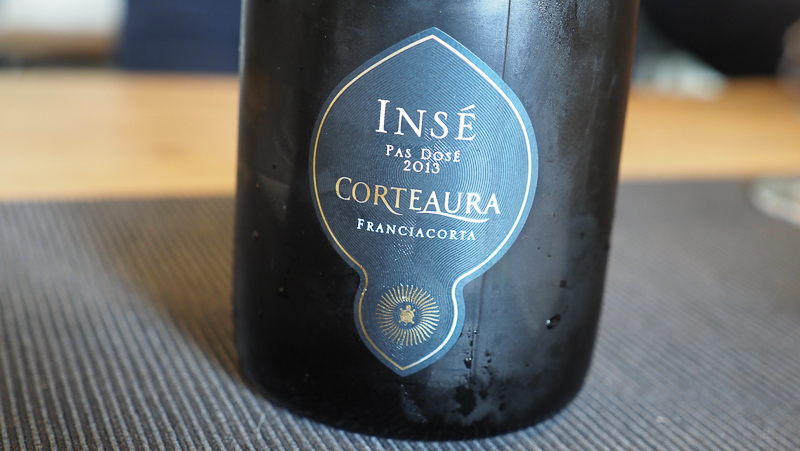
Corteaura Franciacorta Insé Pas Dosé Millesimato 2013 Italy
50% Pinot Noir, 50% Chardonnay. Almost 80 months on the lees. This is complex and taut with concentrated crystalline citrus fruit. Powerful and linear with nice intensity to the pure citrus fruit, showing some subtle toastiness. Has great balance between the fruit and the acidity. Superb: still very fine, correct and linear, but beginning to develop bready, toasty complexity. 93/100
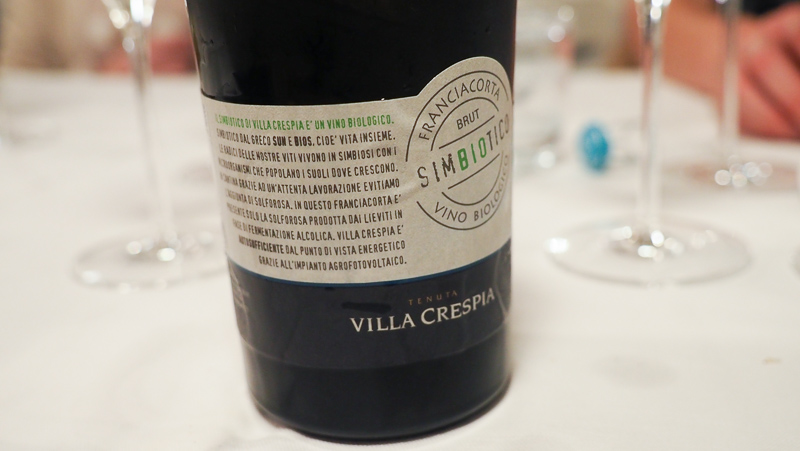
Villa Crespia Simbiotico Franciacorta Brut NV Italy
2018 base, no added sulfites. Bold fruit, with apples and pears, as well as some spice. Has nice crystalline citrus fruit with good acidity. Nice fruit focus with some salty hints, fine spices and a touch of apple. 91/100
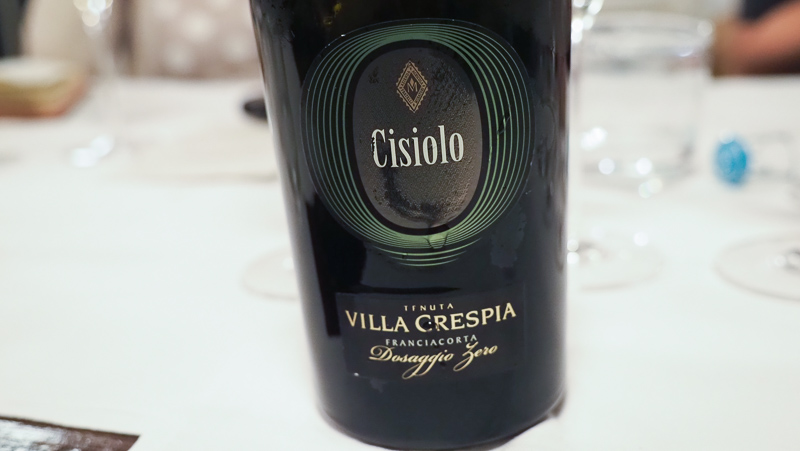
Villa Crespia Cisiola Franciacorta Zero Dosage NV Italy
Pinot Noir with 18 months on lees. Cisiola is a medieval term that refers to sparkling wines from red grapes. 2018 base. Delicate cherries and almonds on the nose with a palate that shows bright lemons, tangerines and a touch of cherry. Nice finesse here with a great acid line. 91/100

Ca’ del Bosco Vintage Collection Satèn 2016 Franciacorta, Italy
This is Chardonnay and Pinot Blanc. 0.5 g/l dosage. Disgorged autumn 2020. This is complex and taut, with a slight toastiness and nice delicate citrus, pear and white peach fruit. It’s quite layered and mineral with lovely fruit intensity but also a fine spiciness. This is really sophisticated, pure and quite elegant with a lovely acid line. There’s some complexity here from the barrel fermentation. Really impressive. 94/100
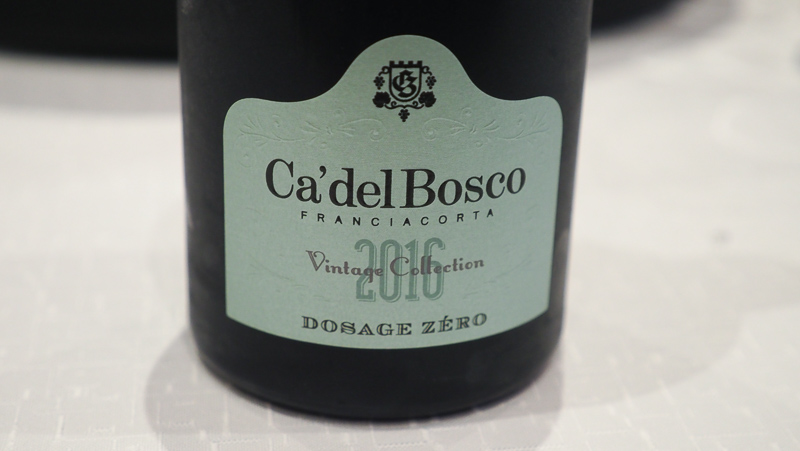
Ca’ del Bosco Dosage Zero 2016 Franciacorta, Italy
65% Chardonnay, 22% Pinot Noir, 13% Pinot Blanc. Disgorged winter 2020. This is taut and complex with lovely structure to the bold pear and white peach fruit with some citrus detail. There’s a great precision and structure to this wine, but clean fruit is still to the fore. Delicacy and elegance here. It’s really impressive, and once again, shows elegance. 94/100
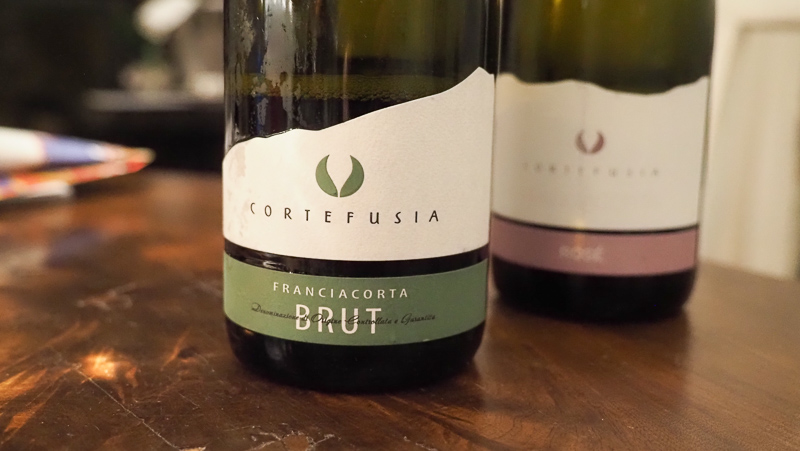
Cortefusia Franciacorta Brut NV Italy
2018 base wine year, 26 months on lees, 70% Chardonnay, 20% Pinot Noir, 10% Pinot Blanc. This is precise and linear with nice acidity and pure, pithy citrus fruit, as well as a nice hint of bitterness on the finish. This is very precise and quite mineral. Lovely stuff, showing purity. 92/100
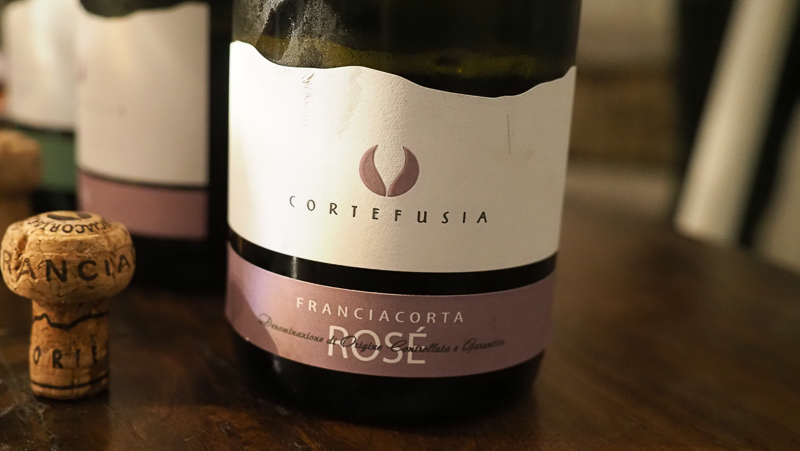
Cortefusia Franciacorta Rosé NV Italy
2015 base year, disgorged in March 2018. Powerful and spicy with some notes of orange peel, honey and intense citrus fruit, showing good structure. There’s a hint of smoke and some mineral intensity. Very fine. 94/100
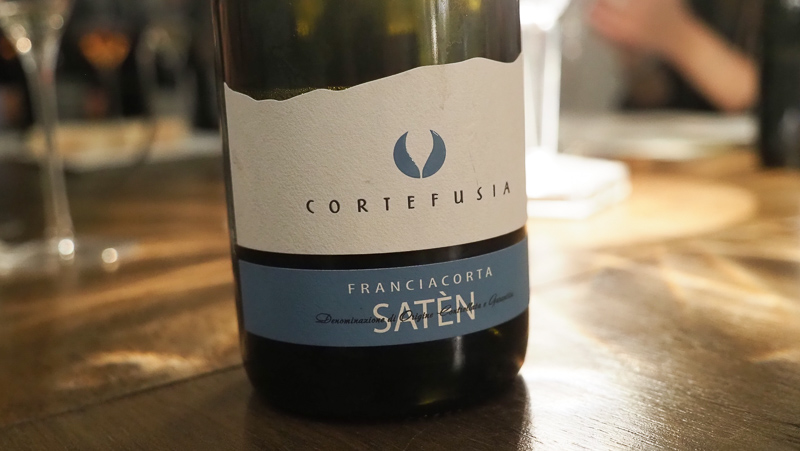
Cortefusia Franciacorta Satèn 2017 Italy
90% Chardonnay, 10% Pinot Blanc. 36 months on lees. Complex and finely spiced. This is mineral and dry with crystalline citrus fruit. Fine, pure and delicate with good acidity. Pristine. 93/100
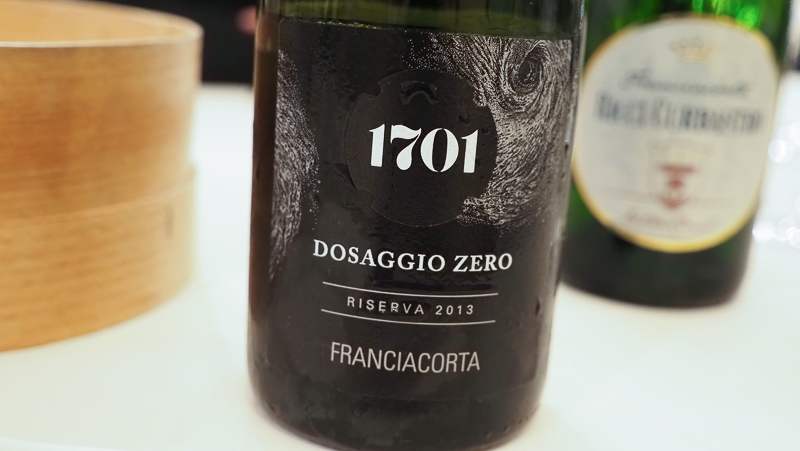
1701 Franciacorta Dossagio Zero Riserva 2013 Italy
There’s a nice savoury twist to the nose with sweet pear and green apple notes. Fresh and vital on the palate with low acidity and crystalline citrus fruit, showing a hint of toast and some mineral complexity. Very fine. 94/100
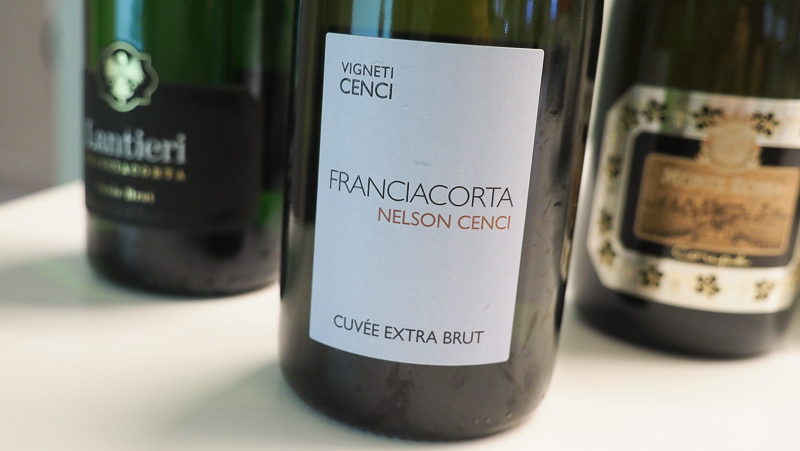
Vigneti Cenci Nelson Cenci Cuvée Extra Brut NV Italy
12.5% alcohol. Base wine 2015. 80% Chardonnay and 20% Pinot Blanco. This is a small winery located on the southern side of the Monte Orfano. The soils are ancient, with old colluvial and conglomerate soils that predate the glaciation. Aged for 48 months on lees. Dosage is 3 g/litre. Lively, bright and quite taut with nice compact citrus and pear fruit with a nice sour cherry edge. Has lovely density and brightness, with good structure and a mineral edge. Quite dry. Lovely stuff. 92/100
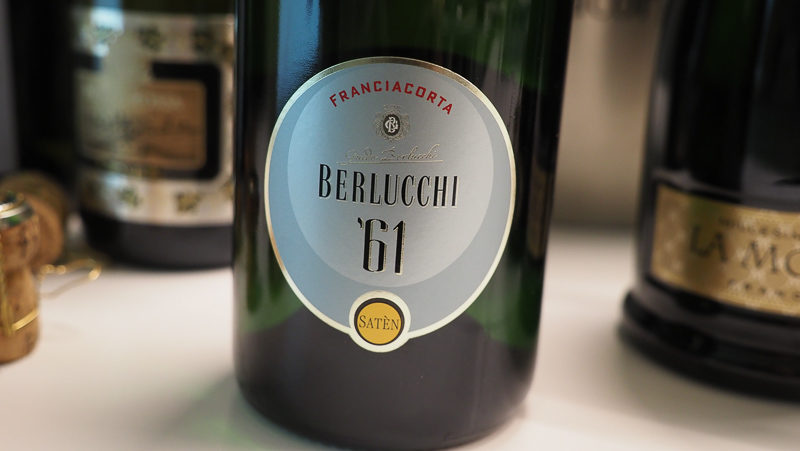
Guido Berlucchi ’61 Franciacorta Satèn Brut NV Italy
100% Chardonnay. 55% must yield from a yield of 9 tons/hectare. Aged for 24 months on lees. Dosage of 8 g/litre. This is really pretty and expressive: as well as good acidity, there’s a nice creamy texture to the citrus and pear fruit, with some sweetness from the dosage. A fruit-forward style of wine with lovely balance, and a lovely tension between the sweet fruit and keen acidity. Impressive. 91/100
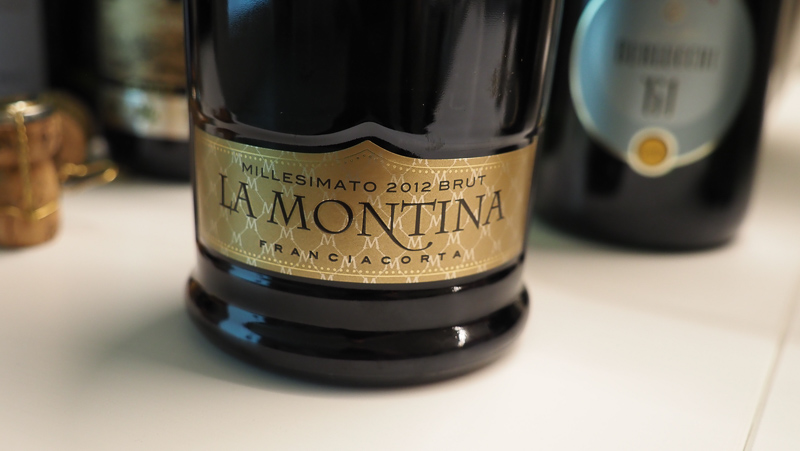
La Montina Franciacorta Brut 2012 Italy
12% alcohol. 70% Chardonnay and 30% Pinot Nero. Minimum of 72 months on lees. 8 g/l dosage. This is aromatic, toasty, nutty and intense with honey, spice and lovely citrus and pear fruit. There’s a nice balance of freshness allied with complexity, showing good acidity and nice bitter hints on the finish. Has a nutty, biscuitty savouriness that’s really nice. 92/100
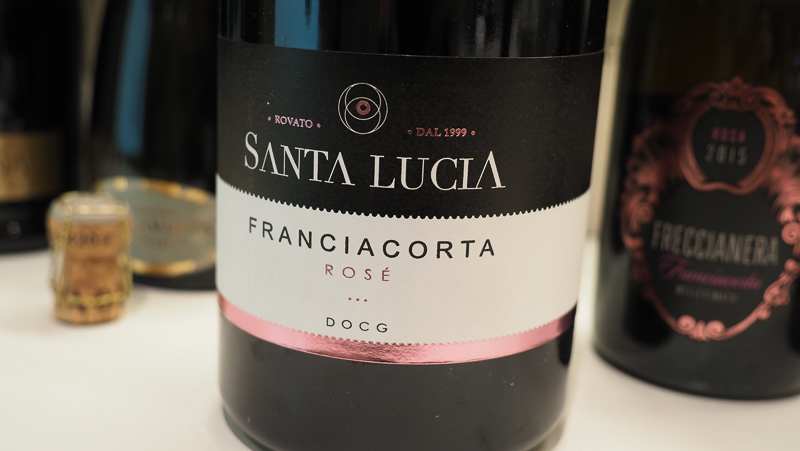
Santa Lucia Franciacorta Rosé NV Italy (magnum)
60% Chardonnay and 40% Pinot Noir. Dosage 6 g/litre. Base wine is fermented in stainless steel. Aged for 24 months on lees. Pale pink/onion skin colour. This is lively and quite powerful with cherry and raspberry notes as well as notes of rhubarb and toast. Lively, balanced and sappy with nice structure. This has lovely complexity, finishing with some sour cherry and toast. 91/100
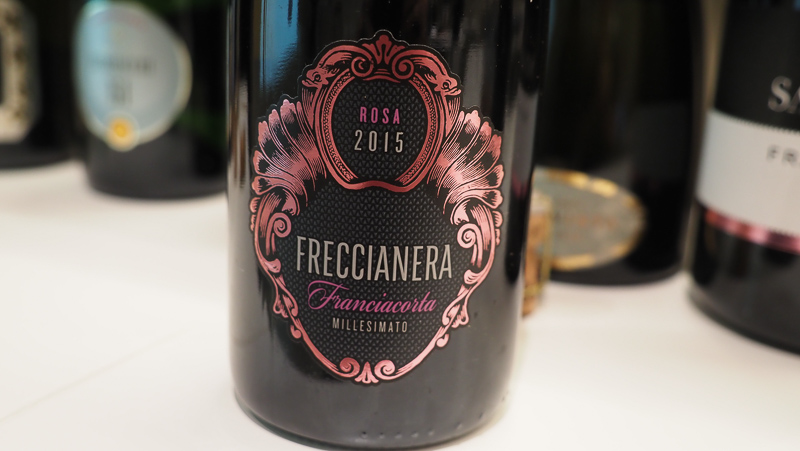
Fratelli Berlucchi Freccianera Rosa Franciacorta Brut Rosé 2015 Italy
12.5% alcohol. 60% Pinot Noir and 40% Chardonnay. 40 months on lees. 6 g/l dosage. Very pale pink in colour. Sappy nose with some strawberry and cherry hints. Harmonious and elegant on the palate with a sweet pear and citrus character, as well as some sappy notes. Has a slight creaminess and a nice fine spicy finish. Very textural and elegant, finishing with a hint of almond. 92/100
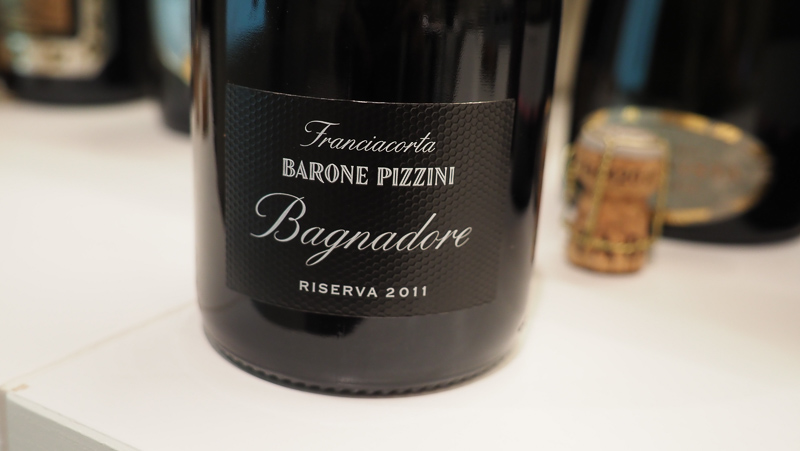
Barone Pizzini Bagnadore Franciacorta Riserva Dossagio Zero 2011 Italy
12% alcohol. 60% Chardonnay, 40% Pinot Noir. Organically farmed 3.9 hectare vineyard called Roccolo. 70% stainless steel and 30 barrel for base wine. Complex and toasty on the nose with walnut, spice and pear notes. The palate is intense and complex with citrus fruit to the fore and fine toastiness, with a lovely spicy overlay. Really complex with a strong savoury character and a dry, spicy finish, and some salty qualities. This is quite beautiful, and it’s so refreshing and taut, but also so complex. 94/100
Producer profiles:
- Cortefusia
- Castello Bonomi
- Villa Crespia
- Ca’ del Bosco
- Corteaura

